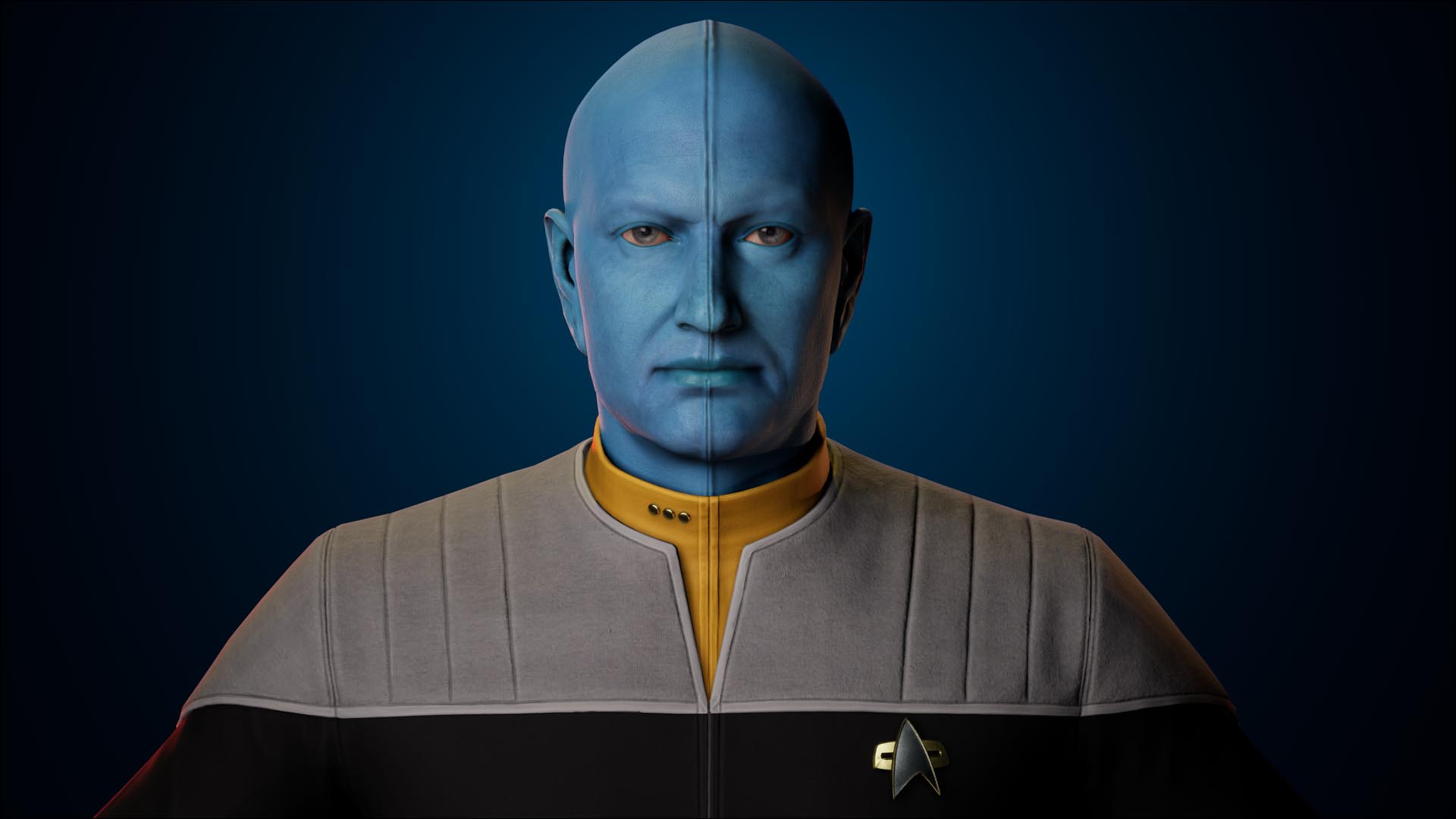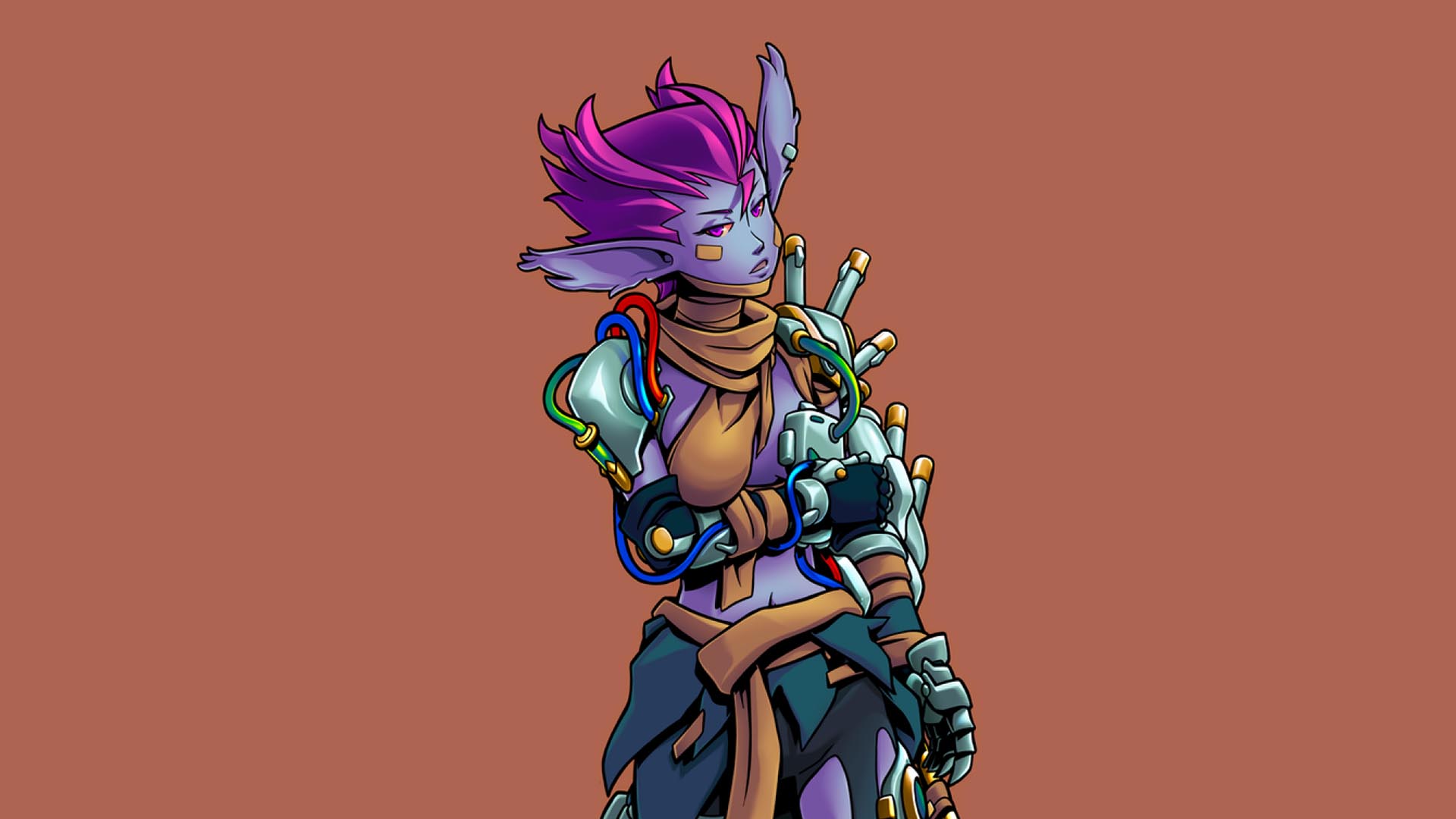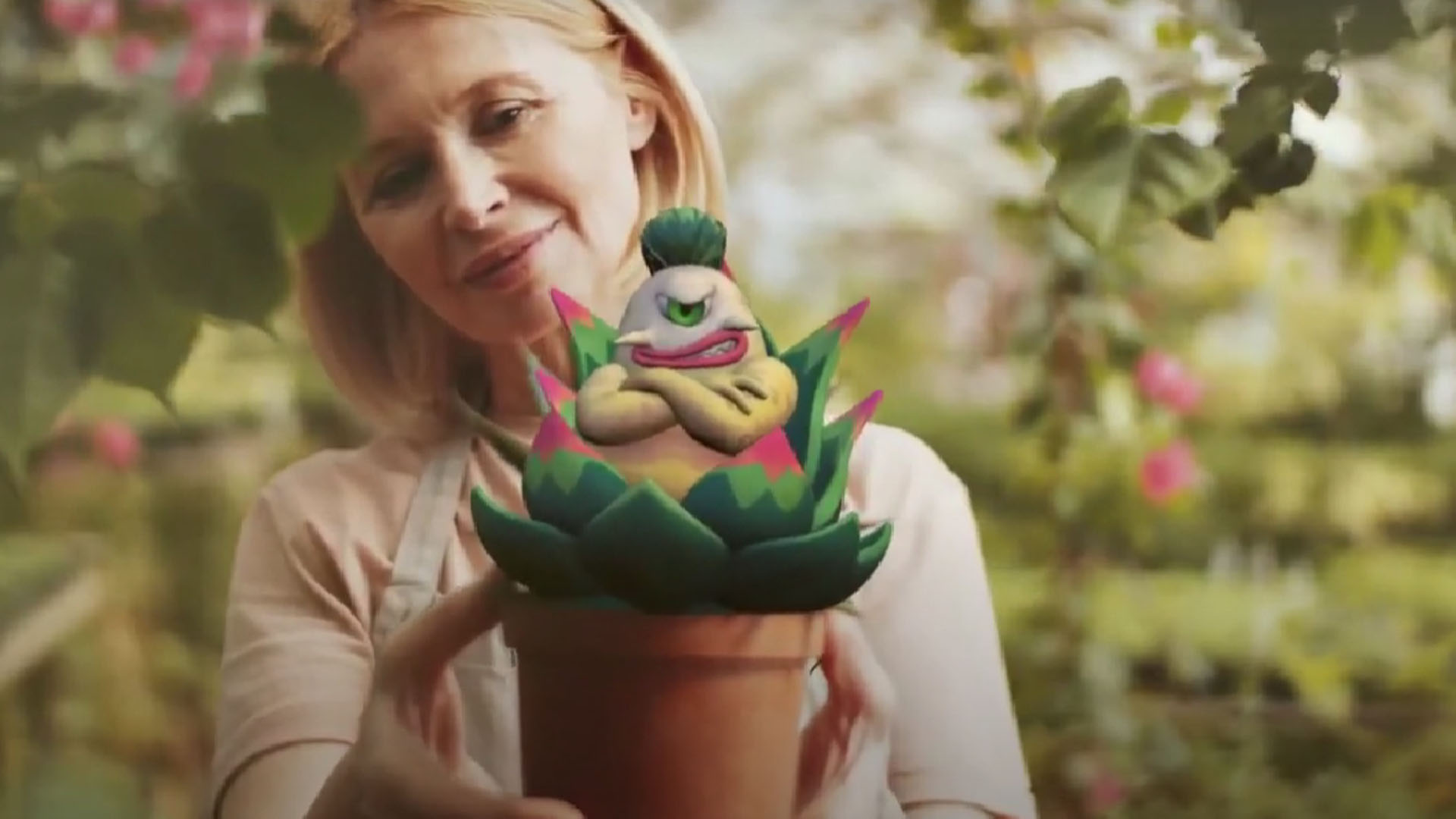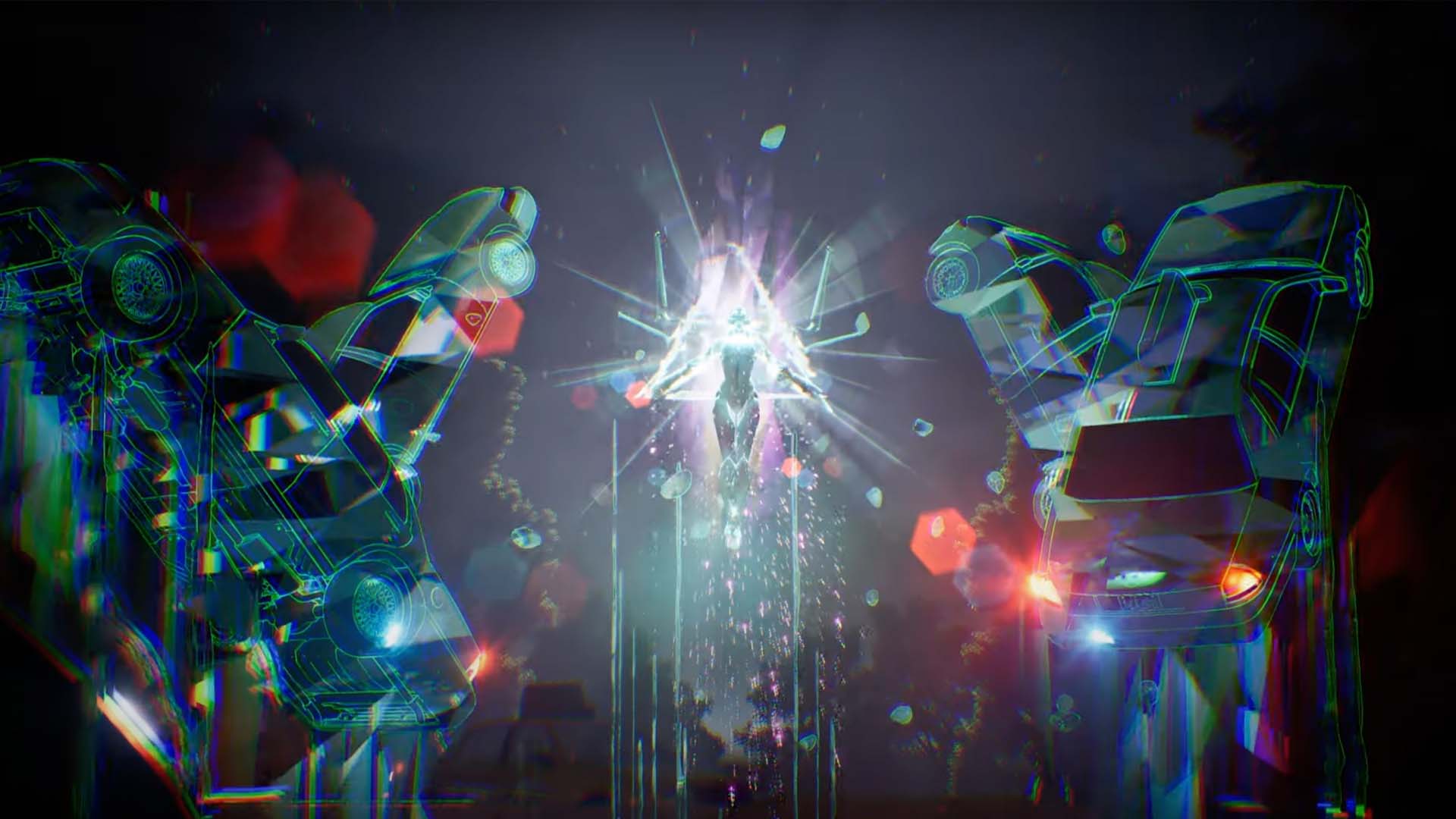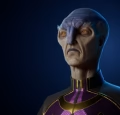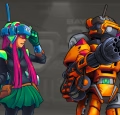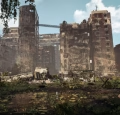In-game animation is a crucially important part of games of any genre, visual style, or scale. From 2D-animated mobile games to complex AAA gaming experiences, in-game animation is critical to believable character movements and actions. For realistic character and world interactions, in-game animation needs to be created and refined with a keen eye for detail, as any mistakes will be easy to spot.
Magic Media views creating in-game animation as a different practice compared to the longer animation cycles seen in the likes of the movie industry. It requires different expertize, which, fortunately, we possess through our years of experience. In-game animation requires meticulous attention and a deep understanding of the character, their actions, who and what they’ll be interacting with, and the game world.
Defining In-Game Animation
In-game animation refers to the animations created for characters and objects seen during the gameplay experience. This means all the movements that a character makes, running, jumping, and even idling animations. are created by in-game animators. Though cutscenes technically fall under the category of in-game animation, these responsibilities are usually carried out by VFX personnel who work on cinematics. In-game animation generally refers to the body mechanics of characters and objects, their movements and actions, rather than cinematics or even facial expressions.
Compared to cinematics and film work, in-game animation is completed in smaller bite-sized chunks. The purpose of in-game animation is different from other industries, as it needs shorter repeatable cycles of animations representing player inputs and character actions on screen. This requires unwavering attention to detail for even the most minute animated details, as even single frames being out of place will be noticeable in the context of short animation cycles.
The Role of an In-Game Animator
In-game animation is completed in several phases, and through our experience, we’ve identified three key stages involved in creating believable and compelling animations. The first phase is called blocking, where the in-game animator creates key poses for the animation to ensure that timing and placement are correct. In the following phase, splining, the in-game animator refines the animation and makes it smoother overall. The objective of splining is to roughly smooth the animation, rather than refining it down to the last detail. In the last phase, polishing, the animation overall is smoothed out down to its finest details, including secondary actions such as the movement of hair and clothing.
The animations themselves are created in small sections. Using a jumping animation as an example, an in-game animator will establish key poses during the blocking phase, and break down the whole sequence into a handful of transitions. A jumping animation, for instance, could be worked on in three sections – from idling to jumping, jumping to landing, and idling. Working in segments like this can help in-game animators focus on the details at every stage of an animation cycle and ensure there are no outstanding glaring errors.
Because in-game animations are usually created in isolation from the game itself, in-game animators must understand the character and animation’s context. The more information an animator has about a character and their interactions, the more they can inject personality and flair into the animations. Animators will often be provided with layout scenes, minimalist artistic representations of an environment, so that they can place the characters in the scene and animate them with appropriate placement and scale for the location they’re in.
Important Considerations of In-Game Animation
Every development project will be different in its visual style, and this is a critical consideration for all in-game animators. Animation is heavily influenced by the overall artistic direction of the game. If, for instance, the team is developing a realistic shooter, then the animations should follow this style to the letter and would benefit from having the most realistic animations possible. Conversely, stylized visuals open the door to many different possibilities, such as exaggerated movements and reduced movement anticipation for comedic effects, but this depends on the overall tone of the game in addition to its artistic style.
Naming conventions are also crucial for organizational purposes. Every studio will have different naming conventions, but we’ve commonly seen and used names based on the game’s title or to be more specific, names derived from the animation itself to prevent any possible confusion.
Magic Media is an expert provider of in-game animations for development projects of any size and scale. As a trusted provider of services for the gaming, entertainment, and tech industries, we have a wide range of services including full-cycle game development, video production, cybersecurity, and more. Get in contact today and let’s create magic!

